The Vatican Museums and the Sistine Chapel are some of the most beautiful places to visit in Italy.
However, if you want to do more than just scratch the surface, take a few thousand pictures, and be completely overwhelmed at the sight of so many famous masterpieces, consider scheduling a guided Vatican Tour.
WHY HIRE A GUIDE?
The Vatican is huge! It’s also difficult to find your way through the maze of hallways and rooms, especially in crowds of people and if you have limited time.
In a few short hours, your eyes will start to glaze over at the sights of so many elaborate and ornate details. Instead of appreciating the moment, you will be looking for the closest sidewalk cafe to enjoy an Italian cappuccino!
We understand because we’ve been there!
But, this time we decided to do things differently. We hired a tour guide to accompany us on our visit to the Vatican. After much research we decided on Walks of Italy, and boy was it the correct decision. We found it to be a valuable experience and a positive investment in our trip to Rome.
Our Tour Guide, Camille
Camille was especially talented at making history relevant! True, tour guides are supposed to know their area of expertise, but she was better than just knowing the facts. In many ways, she made this religious, political, and historical epicenter come alive!
She knew the layout of the Vatican like the back of her hand. As chicks follow the mother hen, we followed Camille through sunlit hallways of the ornate Vatican Museums. In fluent English, she explained interesting facts and tidbits of information as we wove our way through what seemed to be a maze of pure opulence.
Camille also taught us about the personal lives of the artisans and then made connections to present day events. We felt empathy as she so aptly described the difficult environments in which they worked and the simple tools they used to create priceless works of art.
One of the people she spoke about was Michelangelo.
The Magnificent Ceiling in the Sistine Chapel
As we walked through the halls of the Vatican towards the Sistine Chapel, it became even more evident that Camille has a passion for her work. It was as if we were looking through an historical window of time while she described the grand undertaking to create the frescos on the ceiling in the Sistine Chapel.
Most of us overlook the details when we view the magnificent work. But, the more she talked, the more insight she gave about the artist, showing us the humility, the tenacity, and the inner strength of the man we know as Michelangelo.
Because our tour was scheduled before regular visiting hours, we were privileged to have the Sistine Chapel nearly to ourselves. We had time to identify each of the nine biblical scenes, each of the Prophets, and the Ancestors of Christ. That, alone, was more than worth the price of the tour!
Ten highlights we learned about the Sistine Chapel are:
- Michelangelo had to pay for supplies and materials out of his own pocket and then was reimbursed when the project was completed. Although it was a standard practice at the time, it took more than four years to complete the work. This placed a severe financial hardship on the young artist.
-
Michelangelo felt unqualified to work on the ceiling of the Chapel. He was a sculptor and his only recent rise to stardom was a result of his completion of The Pietἁ. He knew the significance of working on such an important Chapel and he lacked experience with working on flat surfaces.
- Historians believe that several devious artists were instrumental in Michelangelo’s assignment to this project because they wanted the young artist to fail. They knew the project would be painstakingly difficult and would tax human limitation. They were also jealous of his recent notoriety. (As a side note, Michelangelo postponed retaliation for 20 years. Vindication came when he frescoed the chief instigator’s face in the Last Judgment and added large donkey ears. The caricature also has a snake wrapped around his body, which is biting the man in a very private spot. Apparently, Michelangelo also had a keen sense of humor!)
- Michelangelo viewed the size and shape of the ceiling as a challenge. It was not at all what he was accustomed to. Plain and rectangular, boxy and uninteresting, he wrestled with how to design it. He also knew the importance of getting it right, as the dimensions of the chapel corresponded exactly to those of the Jerusalem Temple. And his design would have to incorporate depth, dimension, and light.
-
Michelangelo struggled with proportionality — a constant problem because his work would be seen from 60 feet below. This meant Michelangelo climbed rickety and dangerous scaffolding multiple times each day to check for discrepancies.
- Just preparing the fresco materials was a full-time job, not counting applying heavy, wet plaster to the ceiling, and then actually scrolling it into scenes of landscapes and people. But Michelangelo hand-mixed each batch of plaster base and each batch of color, probably multiple times each day. Historians believe he refused even the help of laborers.
- Drying time and consistency for each batch of plaster had to be perfect or it would have to be chipped away and re-applied. Humidity in the air could make an impact. Enough said. The work was grueling and extremely time-sensitive.
- Michelangelo ushered in new techniques for painting human forms by showing movement and emotion. He introduced muscular (and mostly nude) human forms. As work progressed, so did his creativity and expertise.
- He was masterful at depth and dimension. His frescos appear to have borders of marble molding. However, these moldings are not marble. They are designed to appear to be marble. Mind boggling!
- Michelangelo created the ceiling so that viewers admire his work from different places in the room. He painted from all four directions, an element that significantly adds to the complexity of his work, his dedication, and the professionalism of the artist.
IF YOU GO:
Information and pricing is available at Walks of Italy. We requested a small group tour and it was one of the most memorable and best experiences of our trip.
Follow us on social media!
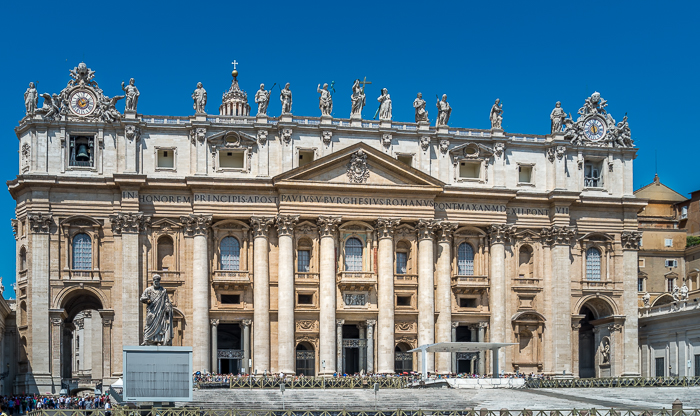
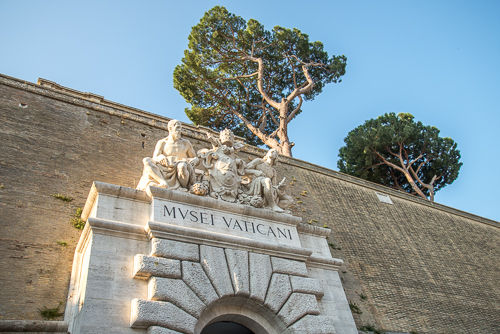
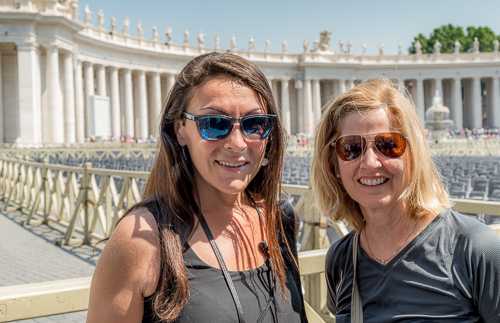
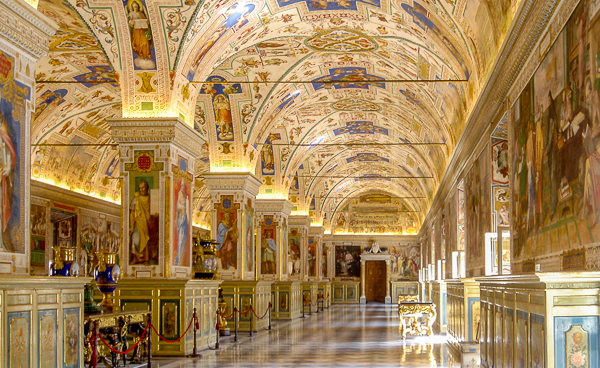
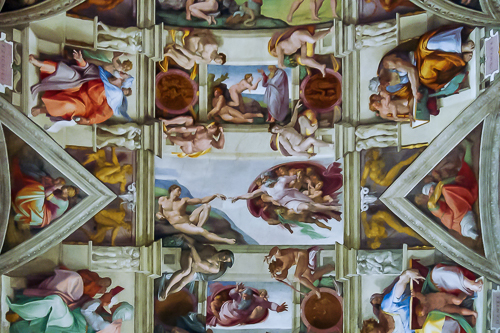

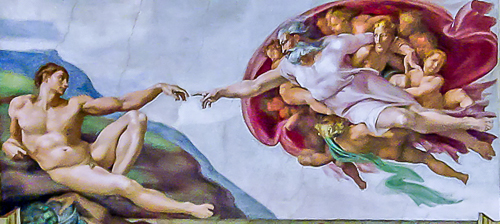
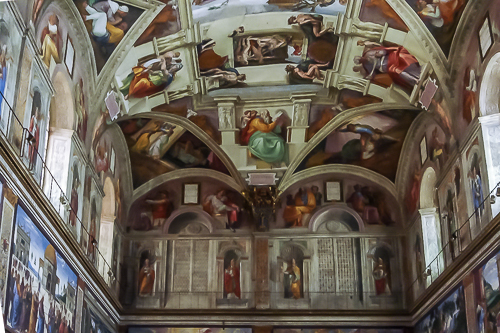
[…] in Rome and St. Mark’s Cathedral in Venice with “Walks of Italy.” Shelli’s article “Hire a Vatican Tour Guide – Totally Worth It,” highlights one of those tours. Through this article, we forged a relationship with Loredana at […]